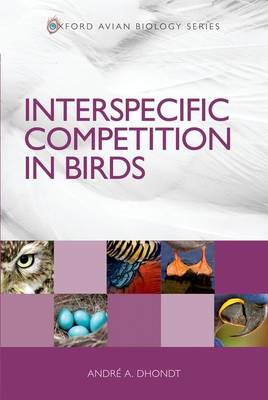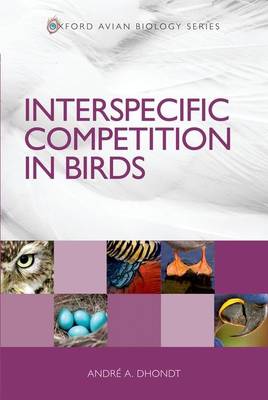
- Afhalen na 1 uur in een winkel met voorraad
- Gratis thuislevering in België vanaf € 30
- Ruim aanbod met 7 miljoen producten
- Afhalen na 1 uur in een winkel met voorraad
- Gratis thuislevering in België vanaf € 30
- Ruim aanbod met 7 miljoen producten
Zoeken
€ 89,45
+ 178 punten
Uitvoering
Omschrijving
In nature there exist three main types of biotic interactions between individuals of different species: competition, predation, and mutualism. All three exert powerful selection pressures, and all three shape communities. However, the question of how important interspecific competition in nature really is remains controversial and unresolved. This book provides a critical and exhaustive review of the topic. Although the examples are limited mostly to birds (interspecific competition and community structure have been exhaustively studied in this animal group, and a lot of experimental data are available), the conclusions reached have a far broader relevance to population ecologists in general. The book reasons that the coexistence of species is the result of both past and presently on-going interspecific competition. Furthermore, understanding the importance of interspecific competition in natural systems will be increasingly important when modelling the effects of climate change
on populations.
on populations.
Specificaties
Betrokkenen
- Auteur(s):
- Uitgeverij:
Inhoud
- Aantal bladzijden:
- 296
- Taal:
- Engels
- Reeks:
- Reeksnummer:
- nr. 2
Eigenschappen
- Productcode (EAN):
- 9780199589029
- Verschijningsdatum:
- 13/01/2012
- Uitvoering:
- Paperback
- Formaat:
- Trade paperback (VS)
- Afmetingen:
- 231 mm x 155 mm
- Gewicht:
- 518 g

Alleen bij Standaard Boekhandel
+ 178 punten op je klantenkaart van Standaard Boekhandel
Beoordelingen
We publiceren alleen reviews die voldoen aan de voorwaarden voor reviews. Bekijk onze voorwaarden voor reviews.











